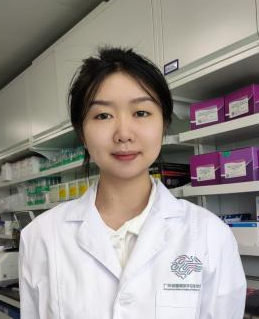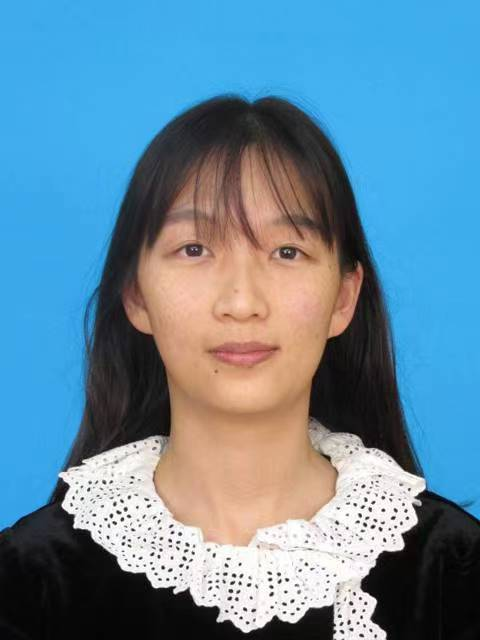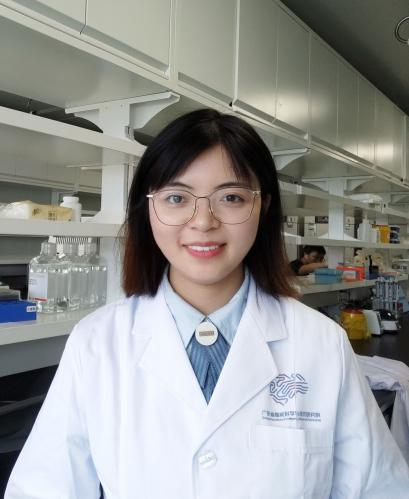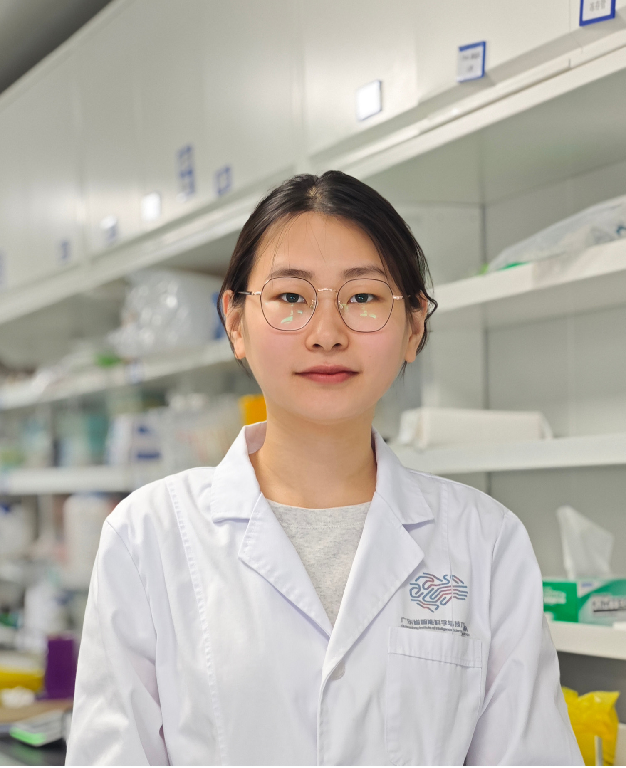
Bin Wang
Ph.D.,Principal Investigator
E-mail: wangbin@@gdiist.cn
Personal Profile
Dr. WANG Bin got his bachelor and master’s degrees in 2003 and 2006 from Northwest University in Xi’an and received his PhD degree in 2011 from Shanghai Institute of Biochemistry and Cell Biology, Chinese Academy of Sciences. From 2012 to 2018, he was a postdoctoral fellow and associated investigator in Prof. BAO Lan’s lab at Shanghai Institute of Biochemistry and Cell Biology, Chinese Academy of Sciences. From 2019-2021, he worked as an associated investigator in Prof. ZHANG Xu’s lab at Shanghai Center for Brain Science and Brain-inspired Technology. He joined Guangdong Institute of Intelligence Science and Technology in September 2021 as principal investigator and the head of the Laboratory of Brain and Cognitive Disorders. His researches are focusing on investigating neural network development and diseases
Laboratory of Cognitive neural network development and diseases
The researches of our lab are focused on understating the pathogenic mechanisms of cognitive diseases especially for the neurodevelopmental disorders. We utilized whole genome sequencing (WGS) to provide a database of genetic variation for Chinese intellectual disability patients. By integrating databases of WGS and single-cell RNA-seq as well as artificial intelligence tool, we have characterized many risk ID-related genes. Furthermore, we have begun to establish ID patient-specific iPSC and organoids as well as transgenic mice to explore pathogenic roles of those mutant genes on the neuronal function and learning and memory of mice, thereby revealing the pathogenic mechanisms of genetic variations and characterizing potential therapeutic targets for early diagnosis and clinal treatments for intellectual disability patients.
Representative publications
1.Wang B#,*,Jiang BW#, Li G-W#,
Dong F, Luo Z, Cai B, Wei MY, Huang JS, Wang KK, Feng X, Tong F, Han
QJ, Li CL, Zhang X, Yang L* and Bao L* (2022). somatosensory neurons
express specific sets of lincRNAs, and lincRNA CLAP promotes itch
sensation in mice. EMBO Reports, e54313. DOI: 10.15252/embr.202154313. (# Co-first authors and * Corresponding authors).
2.Huang JS, Jiang BW, Li G-W, Zheng DD, Li MY, Xie X, Pan YX, Wei MY, Liu XY, Jiang XY, Zhang X, Yang L, Bao L*, Wang B*
(2022). m6A-modified lincRNA Dubr is required for neuronal development
by stabilizing YTHDF1/3 and facilitating mRNA translation. Cell Reports, 41(8):11693. (* Corresponding authors).
3.Yin QQ, Sun LB, Cai XJ, Lou FZ, Sun Y, Wang B,
Jiang BW, Bao L, Li X, Song NN, Tang SB, Bai J, Wang ZK, Wu Y, Zhou H,
Wang H, Yu BW, Li QF, Wang HL (2022). Lidocaine ameliorates psoriasis by
obstructing pathogenic CGRP signaling-mediated sensory neuron-derived
cell communication. Journal of Investigative Dermatology, DOI: 10.1016/j.jid.2022.01.002.
4.Wei MY, Huang JS, Li G-W, Jiang BW, Cheng H, Liu XY, Jiang XY, Zhang X, Yang L, Bao L* and Wang B* (2021). Axon-enriched lincRNA ALAE is required for axon elongation via regulating local mRNA translation. Cell Reports, 35 109053, 1-15. (* Corresponding authors).
5.Pan XY, Zhao JR, Zhou ZY, Chen JJ, Yang ZX, Wu YX, Bai MZ, Jiao Y, Yang Y, Hu XY, Cheng TL, Lu QY, Wang B,
Li CL, Lu YJ, Diao L, Zhong YQ, Pan J, Zhu JM, Xiao HS, Qiu ZL, Li JS,
Wang ZF, Hui JY, Bao L, Zhang X. (2021) 5’-UTR SNP of FGF13 causes
translational defect and intellectual disability. eLife, 10: e63021. DOI: https://doi.org/10.7554/eLife.63021.
6.Jiang BW, Bao L and Wang B* (2019). Isolation of Cell-Type-Specific Neurons in Mouse Dorsal Root Ganglion by FACS. Bio-101 e1010323., 2019, Doi: 10.21769/BioProtoc.1010323. (* Corresponding author)
7.Wang B and
Bao L (2017). Axonal microRNAs: localization, function and regulatory
mechanism during axon development. Journal of Molecular Cell Biology,
9: 82-90. (Cover story)
8.Wang B #, Pan L#,
Wei MY, Wang Q, Liu WW, Wang NX, Jiang XY, Zhang X and Bao L (2015).
FMRP-mediated axonal delivery of miR-181d regulates axon elongation by
locally targeting Map1b and Calm1. Cell Reports, 13: 2794-2807.
(# Co-first authors)
9.Chen XQ #, Wang B #,
Wu C, Pan J, Yuan B, Su YY, Jiang XY, Zhang X and Bao L (2012).
Endosome-mediated retrograde axonal transport of P2X3 receptor signals
in primary sensory neurons. Cell Research, 22: 677-696. (# Co-first authors)
10.Liu XJ, Zhang FX, Liu H, Li KC, Lu YJ, Wu QF, Li JY, Wang B,
Wang Q, Lin LB, Zhong YQ, Xiao HS, Bao L, Zhang X (2012). Activin C
expressed in nociceptive afferent neurons is required for suppressing
inflammatory pain. Brain, 135: 391-403.
11.Ma GQ, Wang B,
Wang HB, Wang Q and Bao L (2008). Short elements with charged amino
acids form clusters to sort protachykinin into large dense-core
vesicles. Traffic, 2008; 9: 2165–2179.













